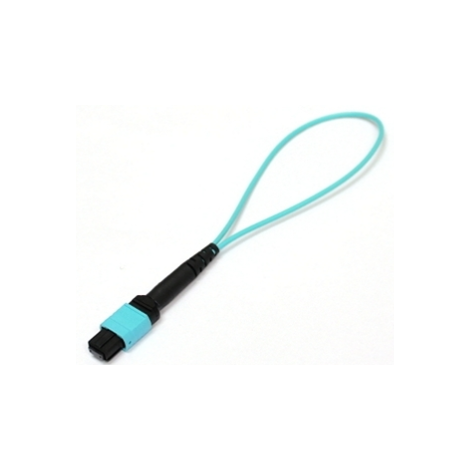

Industry standards serve two main functions.

Still, they are most common in the field of telecommunications and support most of the Internet, telephone, and cable television systems across the globe. Fiber Optic Cable Usesįiber optic cables have a wide variety of applications. Which fiber optic cable will work best for you would depend on many factors, including the specific application, the environment, your budget, and more. However, they are typically more expensive than multi-mode optical fibers. What’s more, single-mode fibers can carry light at much longer distances of up to 100 km. That way, the fiber optic cable can successfully transmit a number of communication streams using a single light pulse only. WDM technology combines or multiplexes light at different wavelengths and later separates or de-multiplexes it. This type of cable uses a method known as Wave Division Multiplexing (WDM) to increase the amount of data traffic that each individual strand is able to carry. They also feature extremely thin optical glass strands and a smaller core. In contrast, single-mode fiber optic cables use lasers to generate light. However, the different modes do not move at the same speed: the light that travels down the middle of the fiber is generally slower. Multi-mode fiber is able to transport multiple light rays - or modes - all at once. The two main types of fiber optic cables are:Ī multi-mode optical fiber cable uses LEDs to generate the light signal.

A further protective tube holds all the strands securely in place and protects them from the environment.įiber optic cables have many applications in various industries, as well as a number of advantages compared to standard long-distance copper cables. Some cable types also feature light-absorbing dark glass in between the optical strands to prevent light leaks and cross-talk between strands.Įach individual glass fiber strand is protected by insulated casing, which is typically made of plastic.

That helps keep signal loss to a minimum and ensures that the light is able to navigate any bends in the cable successfully. The core is surrounded by glass coating, also known as cladding, whose job is to reflect the light inward. Each strand has a hollow core that acts as a tunnel or a pathway for the light signals. The light signal may be generated by either light-emitting diodes (LEDs) or small lasers.Ī fiber optic cable consists of strands of glass or optical fibers, each of which is about as thick as a human hair. Fiber optic cables are network cables that transmit communication signals in the form of light pulses.


 0 kommentar(er)
0 kommentar(er)
